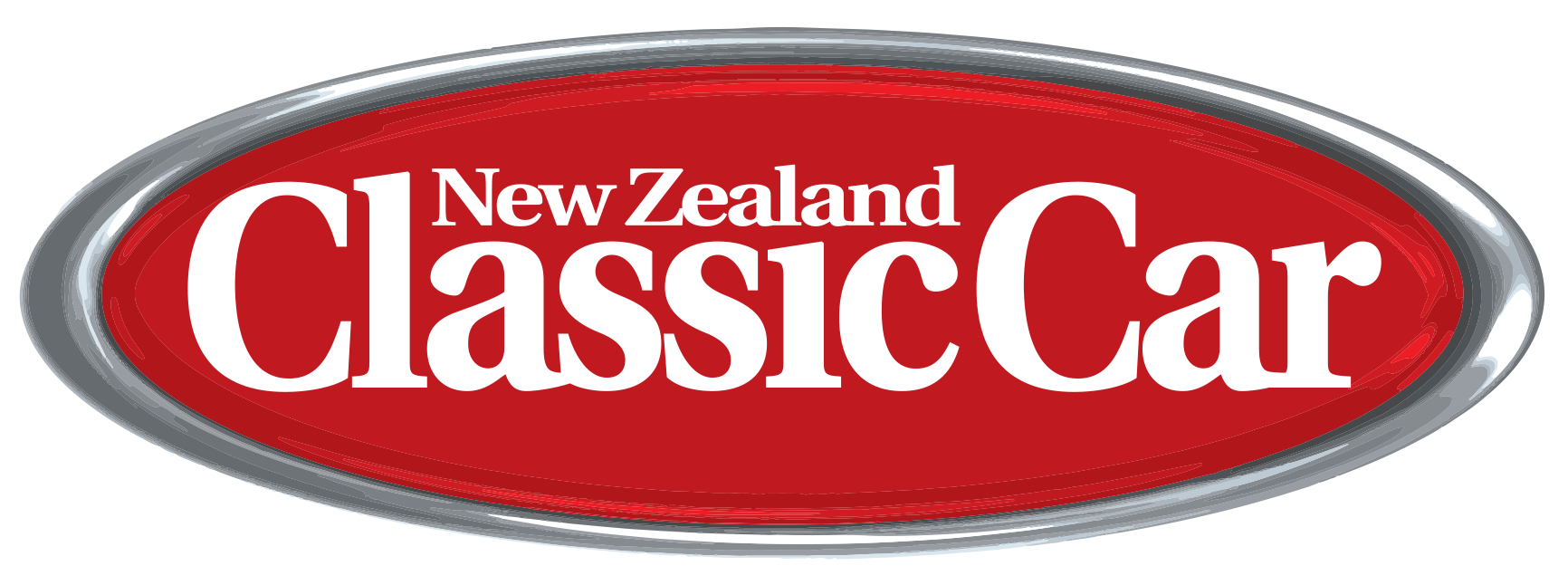The current crop of McLaren sports cars — including our featured 12C Spider — can all trace their ancestry back to the late ’60s, and one of Bruce McLaren’s personal projects.
Having totally dominated the Can-Am race series, as the ’60s wound down, Bruce McLaren and his team started to work on a road-going sports car based on their M6 race-car. In effect, the plan was to design and build a coupé body and fit it to an M6 monocoque chassis in order to compete in the lucrative Group 4 category of the World Sportscar Championship (WSC). In that series, Bruce’s proposed M6GT would race against cars from Ferrari, Porsche, Lola, and Alfa. However, before the concept could reach fruition, the homologation rules changed. Introduced by the FIA for the World Championship of Makes, the new ruling stated that 50 cars would have to be built before any car could race in the WSC series.
This was essentially too big a project for the small concern to handle, and, alas, the project was scrapped.
Instead, Bruce decided he’d build it as a pure road car — and a single M6GT powered by a Bartz-tuned 5.9-litre Chevrolet V8 was completed for Bruce to test as a prototype. Built at McLaren’s racing factory, this first M6GT became Bruce’s personal car: two, or possibly three, more cars were also completed.
Registered as ‘OBH 500H’, Bruce’s red M6GT had an estimated top speed of 265kph (165mph), and was reputedly capable of dispatching the zero to 161kph (100mph) dash in only eight seconds. Bruce used this car as his personal transportation right until his death in June 1970.
Although Bruce had made plans to produce as many as 250 M6GTs a year — possibly powered by Ford’s 7.0-litre V8 — that dream died along with him.
Following his demise, Phil Kerr and Denny Hulme acquired the M6GT and brought it to New Zealand, where it remained on display at the Museum of Transportation and Technology for many years. Sadly, the car was sold in 1990 to an American businessman, before finally ending up on display at the Mathews Collection. It was auctioned off in January 2006, and was purchased for US$423,500.
Bruce’s untimely passing meant the M6GT never became a production reality. However, two decades later, with the revival of McLaren in Formula 1 racing, the dream to build a road-going sports car carrying his name was finally realized with the introduction of the McLaren F1 supercar in 1994.


